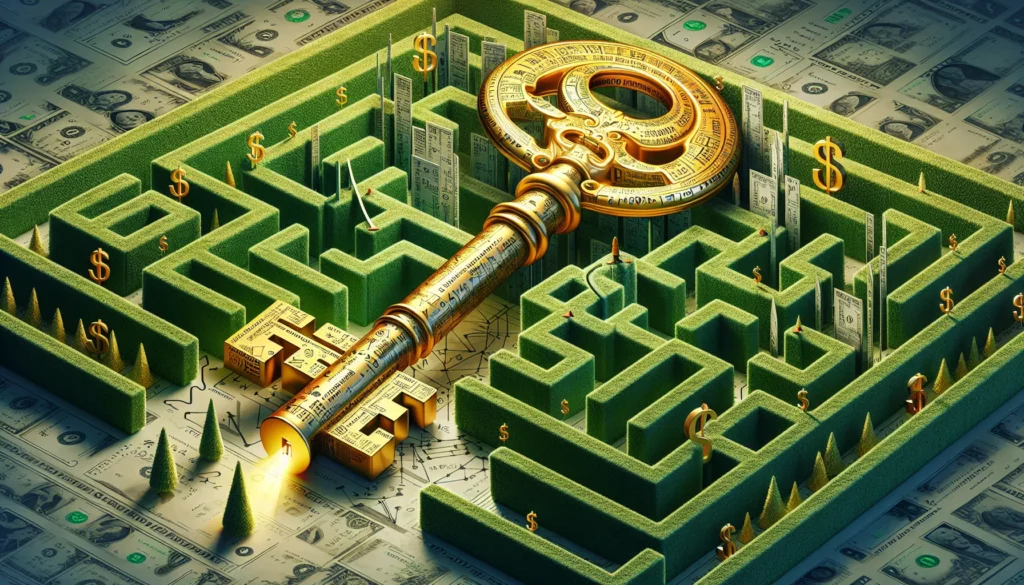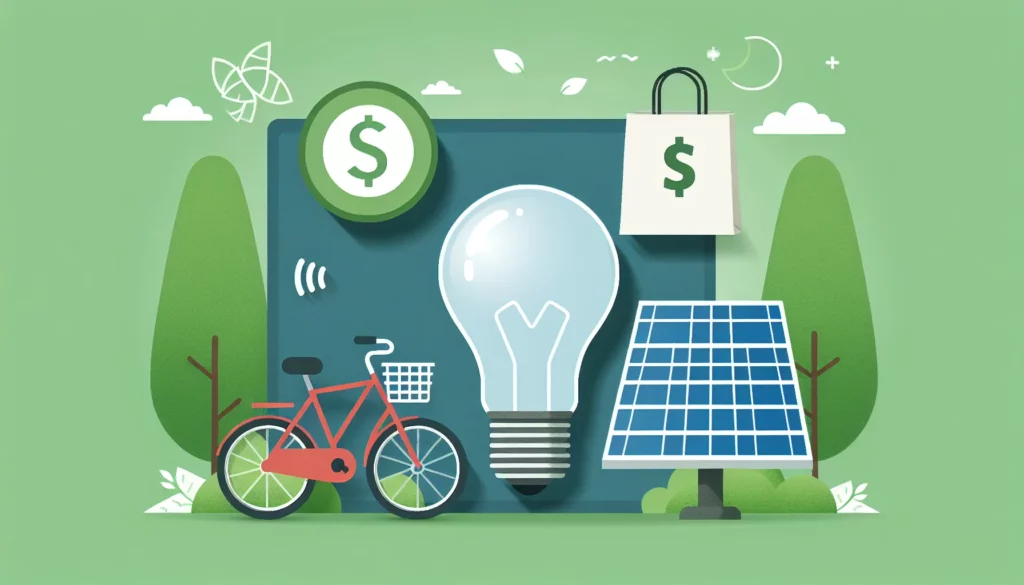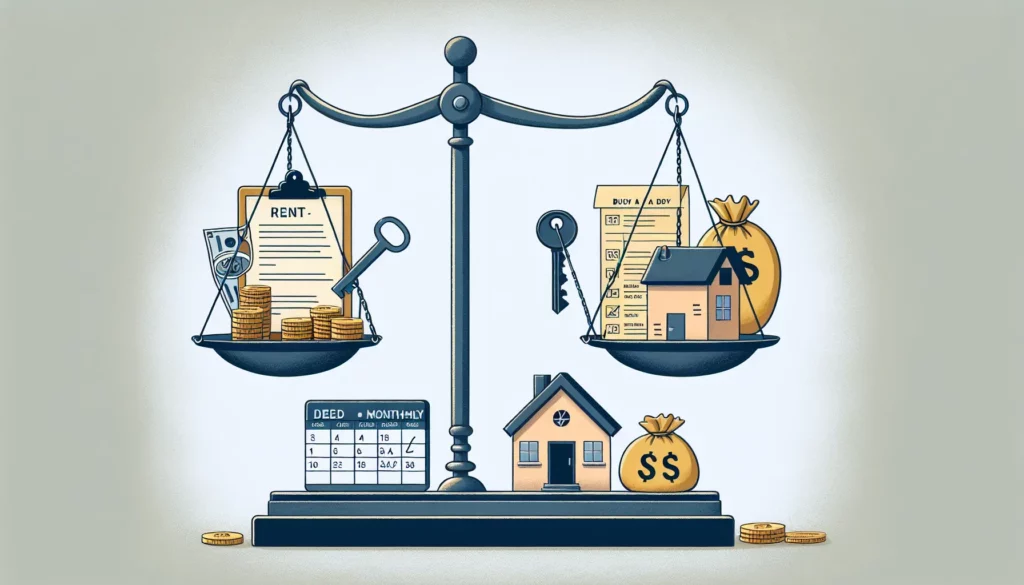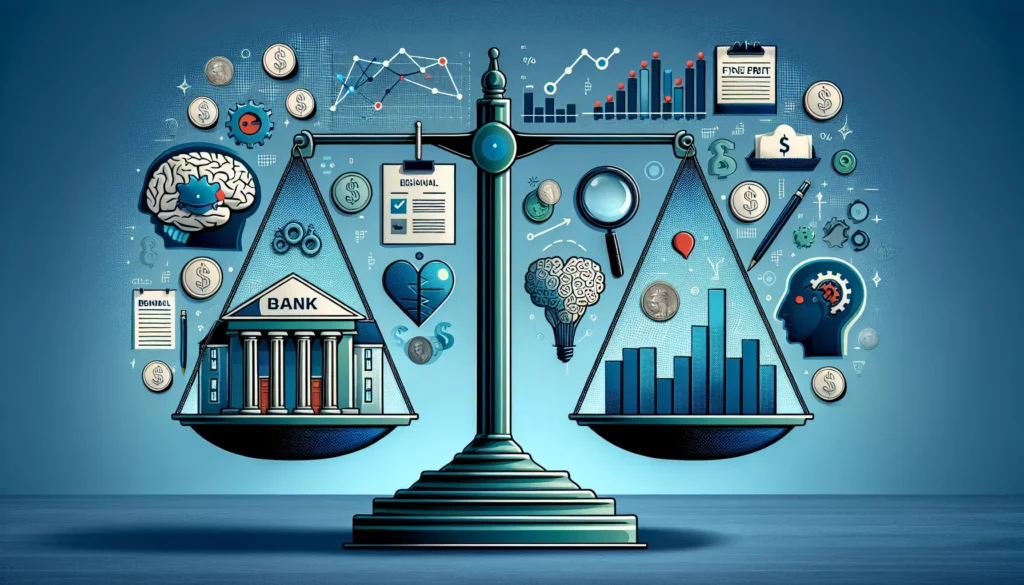Geopolitical events can significantly affect our daily lives, including our personal finances. From international conflicts to trade disputes, these global occurrences can ripple through economies and impact individuals’ financial well-being. Understanding how these events influence our money matters is crucial for making sound financial decisions.
Market Volatility and Investments
One of the most immediate effects of geopolitical events is often seen in the stock market. When major global events occur, investors may react with uncertainty, leading to market volatility. This can affect the value of investments, including:
- Individual stocks
- Mutual funds
- Retirement accounts
For example, during times of international tension, investors might move their money to “safe haven” assets like gold or government bonds. This shift can cause stock prices to fall, potentially impacting the value of retirement portfolios.
To mitigate risks, diversifying investments across different asset classes and geographic regions can be helpful. As outlined in our article on mutual funds for low-risk appetite investors, spreading investments can help buffer against localized geopolitical shocks.
Currency Fluctuations
Geopolitical events can cause significant changes in currency exchange rates. For individuals who travel frequently, hold foreign currencies, or work with international clients, these fluctuations can have a direct impact on their finances.
Strong currencies can make imports cheaper but exports more expensive, affecting job markets in various sectors. Conversely, a weaker currency can boost exports but make imports and international travel more costly.
Energy Prices and Consumer Costs
Many geopolitical events, especially those involving oil-producing nations, can affect energy prices. Changes in oil and gas prices can lead to:
- Higher costs for transportation
- Increased prices for goods and services
- Changes in heating and cooling expenses
These effects can strain household budgets, making it essential to have a solid financial plan. Our guide on creating a personal budget can help you prepare for and adapt to these potential cost increases.
Job Market and Income
Geopolitical events can impact various industries, affecting job security and income levels. For instance:
- Trade disputes might lead to job losses in export-dependent sectors
- Political instability could deter foreign investment, slowing job creation
- Technological sanctions could disrupt industries reliant on international supply chains
To protect against potential job market disruptions, it’s wise to have an emergency fund. Learn more about the importance of emergency savings in our article on what is an emergency fund.
Interest Rates and Borrowing Costs
Central banks often adjust interest rates in response to global events to maintain economic stability. These changes can affect:
- Mortgage rates
- Credit card interest
- Personal loan terms
Lower interest rates can make borrowing more affordable, while higher rates increase the cost of debt. Understanding these dynamics can help you make informed decisions about when to borrow or refinance.
Inflation and Purchasing Power
Geopolitical events can sometimes lead to inflation, which erodes the purchasing power of money over time. This can affect:
- The real value of savings
- The cost of goods and services
- Long-term financial planning
To combat the effects of inflation, consider investment strategies that have the potential to outpace inflation rates. Our article on personal finance tips to boost your savings offers insights on growing your wealth in various economic conditions.
International Trade and Consumer Goods
Trade relations between countries can be significantly affected by geopolitical events. This can lead to:
- Changes in the availability of certain products
- Fluctuations in the prices of imported goods
- Shifts in consumer spending patterns
Being aware of these potential changes can help you adjust your budget and spending habits accordingly.
Retirement Planning Considerations
Geopolitical events can have long-term implications for retirement planning. Market volatility and economic uncertainty may affect:
- The performance of retirement accounts
- The timing of retirement
- Social Security benefits
It’s important to regularly review and adjust your retirement strategy. Our guide on long-term strategies for retirement savings can help you navigate these challenges.
Tax Policies and Personal Finances
Governments may adjust tax policies in response to global events, which can directly impact personal finances. Changes might include:
- New tax credits or deductions
- Alterations to tax rates
- Modifications to retirement account rules
Staying informed about these changes is crucial for effective tax planning. Our article on the critical nature of tax planning provides valuable insights on this topic.
Adapting to Financial Changes
Given the unpredictable nature of geopolitical events, it’s essential to remain flexible in your financial planning. Some strategies to consider include:
- Regularly reviewing and adjusting your budget
- Maintaining a diverse investment portfolio
- Staying informed about global events and their potential financial impacts
- Building and maintaining an emergency fund
- Considering insurance options to protect against unforeseen events
By staying proactive and informed, you can better position yourself to weather the financial impacts of geopolitical events.
Geopolitical events are an unavoidable part of our interconnected world. While we can’t control these events, we can prepare our finances to be more resilient in the face of global changes. By understanding the potential impacts and taking proactive steps to protect our financial well-being, we can navigate the complex landscape of personal finance with greater confidence and security.
Frequently Asked Questions
How do geopolitical events affect the stock market?
Geopolitical events often lead to market volatility. Investors may react with uncertainty, causing fluctuations in stock prices. This can impact the value of individual stocks, mutual funds, and retirement accounts. Diversifying investments across different asset classes and geographic regions can help mitigate risks.
Can geopolitical events impact my daily expenses?
Yes, geopolitical events can affect daily expenses. They can influence energy prices, leading to higher costs for transportation, goods, and services. Currency fluctuations can also impact the prices of imported goods. It’s important to have a solid financial plan and budget to adapt to these potential cost increases.
How might geopolitical events affect my job security?
Geopolitical events can impact various industries, potentially affecting job security and income levels. Trade disputes, political instability, or technological sanctions can disrupt job markets. Having an emergency fund and staying informed about your industry’s global connections can help you prepare for potential disruptions.
Do geopolitical events influence interest rates on loans and mortgages?
Yes, central banks often adjust interest rates in response to global events to maintain economic stability. These changes can affect mortgage rates, credit card interest, and personal loan terms. Understanding these dynamics can help you make informed decisions about when to borrow or refinance.
How can I protect my retirement savings from geopolitical impacts?
To protect retirement savings, consider diversifying your investment portfolio, regularly reviewing and adjusting your retirement strategy, and staying informed about global events. It’s also wise to consider long-term strategies that can help your savings outpace inflation and weather market volatility caused by geopolitical events.










